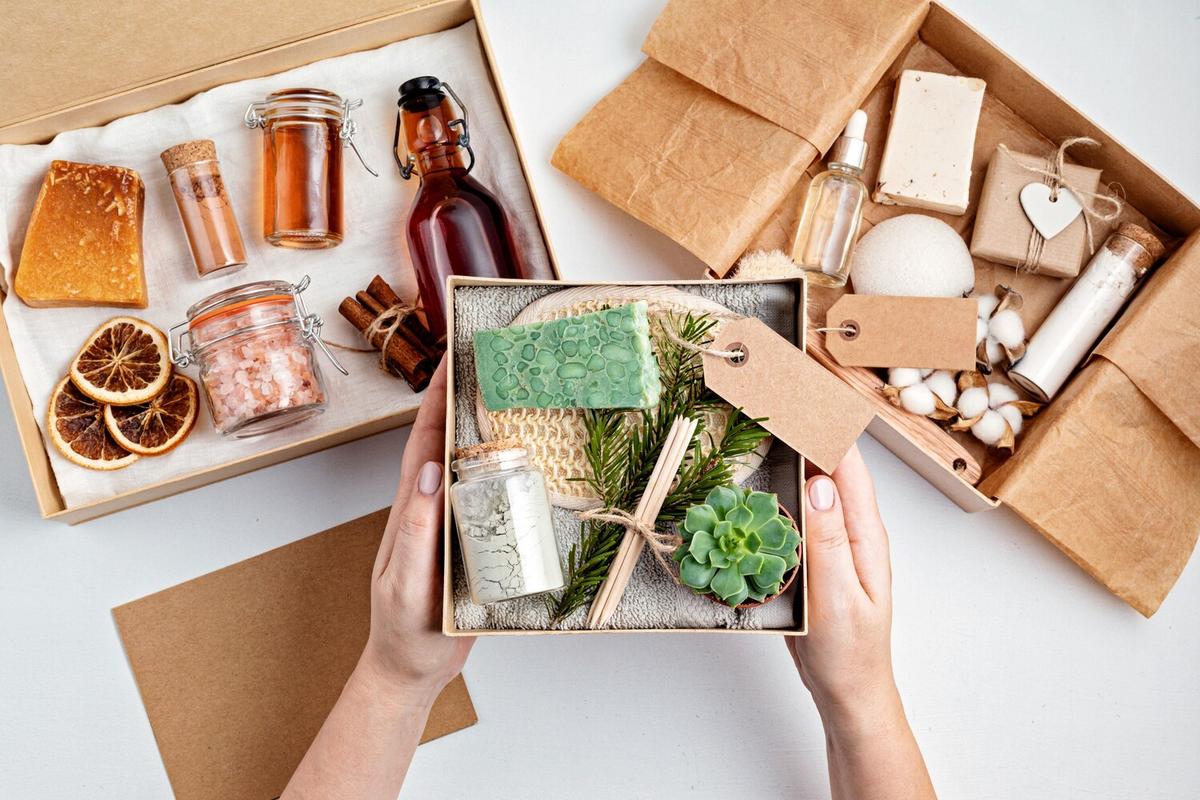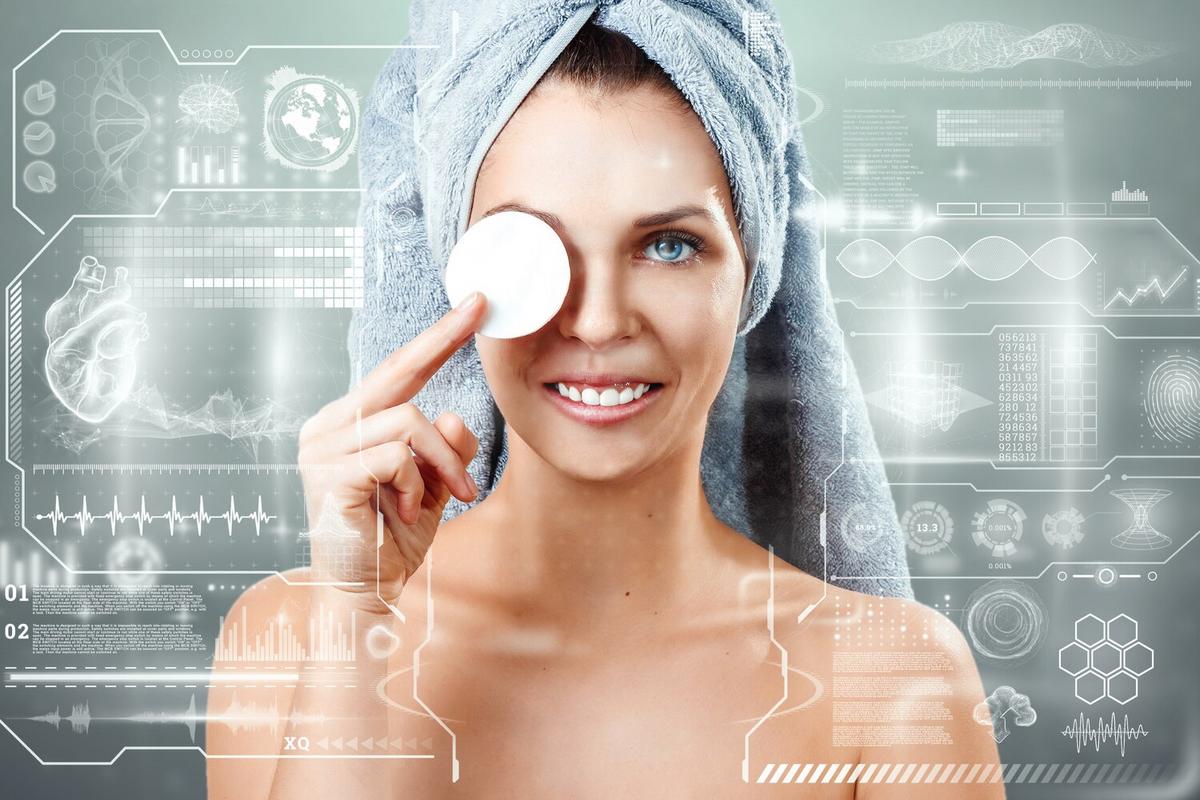
Eco-Friendly Beauty Routines: Making the Switch
Switching to an eco-friendly beauty routine isn’t just a trend—it’s a meaningful way to reduce your environmental footprint and embrace a healthier lifestyle. With beauty products often containing harsh chemicals and excessive packaging, making mindful choices can have a significant positive impact on the planet.
As consumers become more aware of the environmental impact of their choices, the demand for sustainable beauty products is on the rise. According to a report by the global market research firm, Statista, the natural and organic beauty market is projected to reach approximately $54 billion by 2027. This shift reflects a growing consciousness among consumers who are increasingly opting for products that are not only good for their skin but also for the environment.
Understanding Eco-Friendly Beauty
Eco-friendly beauty products are those made with natural or organic ingredients, produced sustainably, and packaged in recyclable or biodegradable materials. The aim is to minimize harm to the environment while still providing effective beauty solutions. Dermatologist Dr. Lisa M. emphasizes, “Choosing products with fewer synthetic chemicals can help reduce skin irritation and promote overall skin health.”
Why Make the Switch?
- Environmental Impact: Traditional beauty products often contain ingredients that can pollute water sources and harm wildlife.
- Health Benefits: Natural ingredients are less likely to cause adverse skin reactions.
- Ethical Considerations: Many eco-friendly brands prioritize cruelty-free testing.
How to Transition to an Eco-Friendly Routine
1. Evaluate Your Current Products
Start by examining the ingredients list of your current beauty products. Look for labels that indicate natural or organic ingredients and certifications like “Cruelty-Free” or “Eco-Cert.”
2. Gradual Replacement
Instead of overhauling your entire beauty cabinet, replace products as they run out. This approach is not only budget-friendly but also allows you to test new products gradually.
3. DIY Beauty Solutions
Consider making simple beauty products at home. For instance, a blend of coconut oil and sugar makes an excellent natural scrub.
Pro Tip: Always patch-test new products on a small area of skin to avoid allergic reactions.
Eco-Friendly Beauty Product Table
| Product Type | Eco-Friendly Alternative | Key Benefits |
|---|---|---|
| Facial Cleanser | Oil-based cleanser | Gently removes impurities without stripping natural oils |
| Moisturizer | Shea butter | Deep hydration and natural emollient properties |
| Face Mask | Clay mask | Detoxifies and clarifies skin |
| Makeup | Mineral-based foundation | Lightweight coverage with natural sun protection |
| Shampoo | Sulfate-free shampoo | Maintains natural oils and reduces scalp irritation |
| Conditioner | Argan oil conditioner | Nourishes and strengthens hair |
| Deodorant | Aluminum-free deodorant | Neutralizes odor without harsh chemicals |
| Lip Balm | Beeswax lip balm | Moisturizes and protects lips naturally |
Frequently Asked Questions
How can I identify eco-friendly beauty products?
Look for certifications such as “Cruelty-Free,” “Eco-Cert,” or “USDA Organic” on the packaging.
Are eco-friendly products more expensive?
While some products may have a higher upfront cost, they often last longer, making them cost-effective in the long run.
Can eco-friendly beauty products be as effective as traditional ones?
Yes, many eco-friendly products are formulated to match or exceed the effectiveness of traditional products while being gentler on the skin and environment.
Conclusion
Making the switch to an eco-friendly beauty routine is a rewarding journey that benefits both you and the planet. By choosing products thoughtfully and embracing sustainable practices, you can enjoy a beauty regimen that aligns with eco-conscious values. Start small, experiment with new products, and relish the positive changes to your skin and the environment.


